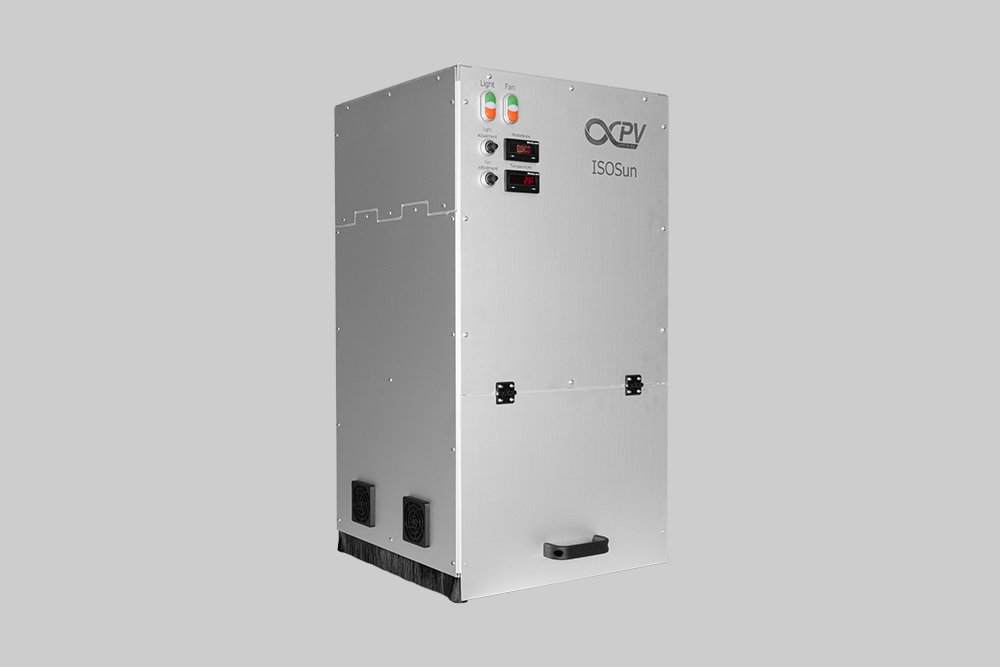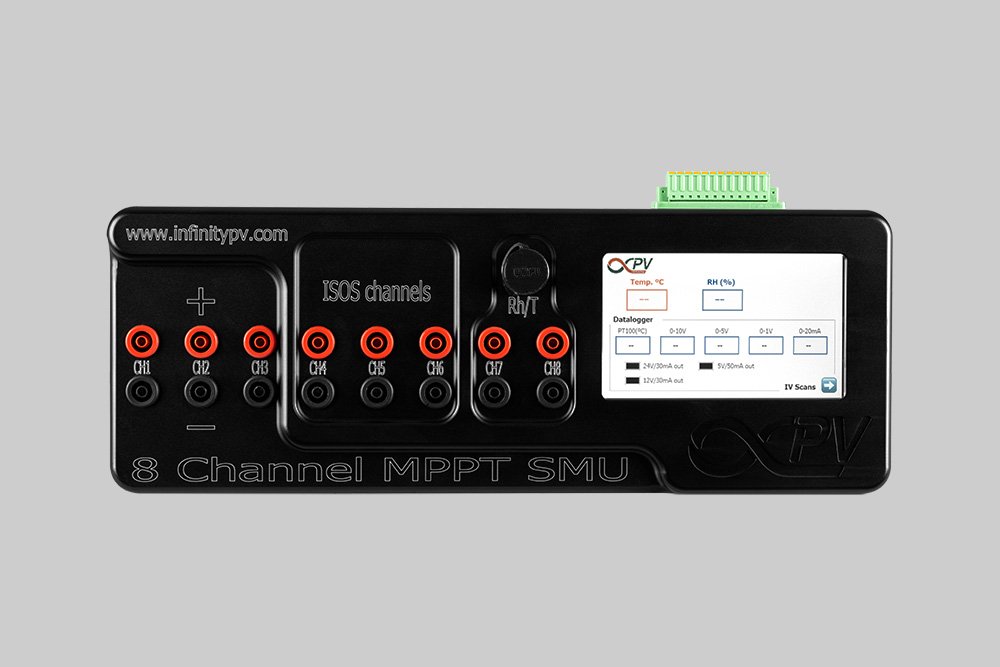Revolutionizing Flexible Perovskite Solar Cells with Slot-Die Coating: A Breakthrough in Scalable Manufacturing
Researchers have achieved a significant milestone in the development of flexible Perovskite solar cells (PSCs) utilizing the Research Laboratory Coater.
A recent study has uncovered significant advancements in the production of flexible perovskite solar cells. The research explores scalable manufacturing techniques, including the use of slot-die coating technology, to produce high-performance perovskite solar cells that could accelerate their commercialization for renewable energy applications.
Key Highlights
Flexible Perovskite Solar Cells: A breakthrough in scalable production using slot-die coating for high-performance, flexible solar cells.
Innovative Blade Coating Technique: The use of scalable coating methods to create thin, efficient, and flexible perovskite films.
Enhanced Device Performance: Achieving impressive power conversion efficiency (PCE) and long-term stability under real-world conditions.
Scalability Potential: Demonstrating methods that could facilitate large-scale production of perovskite solar cells.
With the Source Measure Units, you can measure IV curves, track maximum power points, and log data from solar cells, all while analyzing key performance metrics using the included software.
Introduction: The Potential of Perovskite Solar Cells
Perovskite solar cells (PSCs) have garnered significant attention in the field of renewable energy due to their high efficiency and low-cost production potential. Recent developments, particularly in flexible perovskite solar cells, have the potential to expand the scope of solar energy applications. A recent study explores a scalable approach to manufacturing flexible perovskite solar cells, highlighting both the performance and commercial viability of this technology.
The study utilizes innovative coating techniques and advanced processing methods to create flexible perovskite films. By overcoming previous barriers to large-scale production, the research demonstrates that perovskite technology could become a leading player in the future of renewable energy. The implications of this study are significant, particularly in industries requiring lightweight, durable, and cost-effective solar solutions.
-
Slot-die coating is a high-precision method used to deposit thin films of material onto a substrate. For perovskite solar cells, slot-die coating ensures a uniform and consistent layer of perovskite material, critical for maximizing solar cell efficiency. The method allows for scalable production, making it ideal for large-area applications. With its ability to coat large sheets of material with high precision, slot-die coating is an essential technology for manufacturing flexible perovskite solar cells.
Methods: How Slot-Die Coating Enables Scalable Production
1. Materials and Precursor Solutions
The study uses a carefully selected combination of materials to achieve high-performance flexible perovskite solar cells:
ITO-coated PET substrates: Flexible substrates that form the base of the solar cells.
PTACl and SnO2: Materials used to create the electron transport layer (ETL) for efficient charge extraction.
MAPbI3 precursor solution: A mixture of methylammonium iodide (MAI) and lead salts (PbAc2 and PbCl2), dissolved in dimethylformamide (DMF).
These materials are critical in ensuring that the perovskite layer maintains high light absorption and charge carrier mobility.
2. Slot-Die Coating for Uniform Layer Deposition
One of the key innovations of this study is the use of slot-die coating to deposit the perovskite and electron transport layers onto flexible substrates. The Research Laboratory Coater equipped with a slot-die head, is used to precisely control the deposition process, ensuring uniform and reproducible film thickness. This scalable coating technique is ideal for large-scale manufacturing of perovskite solar cells, as it allows for efficient use of materials and ensures high-quality films across large areas.
Slot-die coating offers several advantages over traditional coating methods, such as spin coating:
Scalability: The roll-to-roll process allows for seamless integration into mass production systems.
Uniformity: It ensures precise, even distribution of the perovskite material, which is crucial for maximizing solar cell efficiency.
Cost-Effectiveness: The high material efficiency and ability to coat large areas make slot-die coating a more affordable option for producing perovskite solar cells.
3. Thermal Annealing and UV Ozone Treatment
After the perovskite layer is deposited, thermal annealing is applied at temperatures of around 100°C to promote crystallization. This step is essential for optimizing the structural properties of the perovskite material, which in turn enhances the efficiency of the solar cells. Additionally, a UV ozone treatment is used to improve the quality of the SnO2 electron transport layer by enhancing its surface properties, contributing to better charge collection and transport.
4. Hole Transport Layer (HTL) and Electrode Deposition
The hole transport layer (Spiro-OMeTAD) is applied via drop-casting and blade coating, further enhancing the device's efficiency. Finally, electrode contacts are deposited using thermal evaporation. These electrodes are essential for extracting the generated electrical current from the perovskite material.
How to fabricate solar cells using slot-die coating and flexo printing on a Slot-die Coater.
Results: High Performance, Scalability, and Stability
Power Conversion Efficiency (PCE)
The perovskite solar cells produced using slot-die coating technology achieved impressive power conversion efficiencies (PCE), demonstrating that scalable production methods do not compromise performance. The PCE of the flexible perovskite solar cells is competitive with current best-in-class devices, indicating that these cells can perform well under both laboratory and real-world conditions.
Long-Term Stability
A major breakthrough of this study is the demonstration of long-term stability. Under real-world conditions, the perovskite solar cells exhibited minimal degradation, ensuring that they can maintain efficient energy conversion over extended periods. This long-term stability is critical for the commercialization of perovskite solar cells, which have historically faced challenges with degradation and performance loss over time.
Scalable Production for Commercialization
The most notable result of this study is the successful demonstration of scalable production using slot-die coating. The use of slot-die heads to deposit perovskite layers enables mass production of flexible solar cells that maintain high efficiency and stability. This scalable production approach has the potential to significantly reduce the cost of manufacturing perovskite solar cells, making them more accessible for widespread use in applications such as solar-powered wearables, building-integrated photovoltaics (BIPV), and other flexible energy solutions.
Learn how choosing the right slot-die head can improve your coating process and boost your product quality. Read our thorough slot-die head selection guide here.
Significance: A Step Toward Commercialization
The results of this study mark a significant step in the advancement of flexible perovskite solar cells. By demonstrating scalable and cost-effective production methods, the research provides a pathway for the commercialization of perovskite solar technology. The use of slot-die coating plays a crucial role in enabling large-scale manufacturing, which is essential for making flexible perovskite solar cells a viable solution for global energy needs.
This study underscores the potential of perovskite solar cells to revolutionize the renewable energy sector, offering an efficient, affordable, and flexible alternative to traditional silicon-based solar cells. As the technology matures and production methods become more refined, perovskite solar cells are poised to play a pivotal role in the transition to sustainable energy solutions worldwide.
Conclusion: The Future of Solar Energy is Flexible, Scalable, and Efficient
The study demonstrates that flexible perovskite solar cells can be produced at scale without sacrificing efficiency, stability, or cost-effectiveness. By using slot-die coating, the researchers have paved the way for scalable and commercially viable production of perovskite solar cells that could transform the renewable energy industry. As these technologies continue to evolve, slot-die coating will play an essential role in making perovskite solar cells a mainstream solution for sustainable energy.
Authors:
Mohammad Reza Kokaba
Yameen Ahmed
Vishal Yeddu
Dongyang Zhang
Parinaz Moazzezi
Vahid Kamraninejad
Sergey Dayneko
Sean B. Reinecke
Augusto Amaro
Bohores Villarejo
Dr. Anjusree Shyla, PhD PMP
Sardar Malek
Makhsud Saidaminov
Related Products
Laboratory Roll-to-Roll Coater
A compact and modular high precision roll-to-roll slot-die coater that transforms the way thin functional films are printed and coated.







